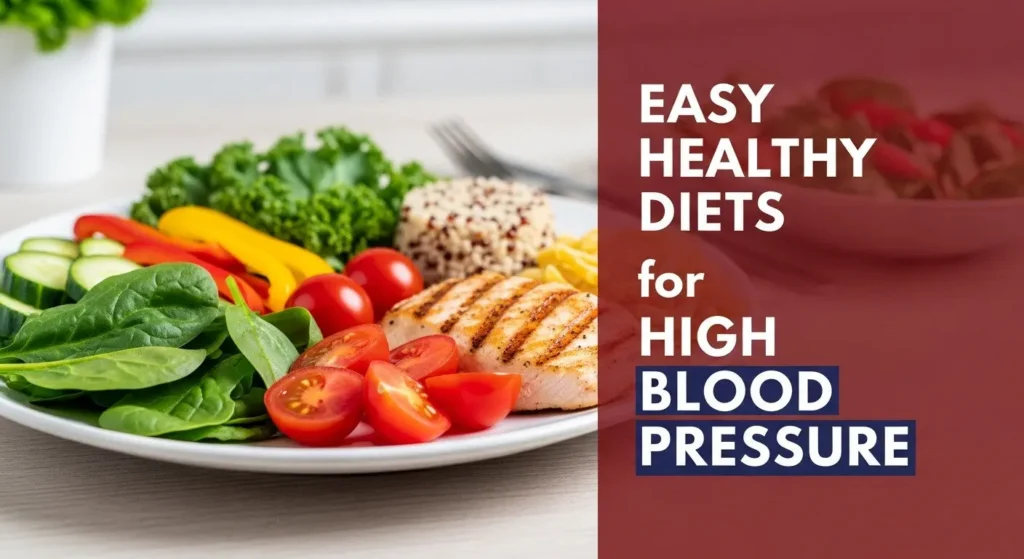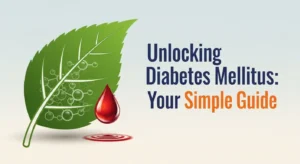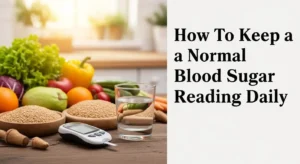Living with high blood pressure, also known as hypertension, can feel like a big challenge. You might worry about your heart health and wonder what changes you need to make. But here's some good news: one of the most powerful tools you have to manage your blood pressure is right in your kitchen! Choosing healthy diets for high blood pressure can make a huge difference, often without needing strict, complicated plans.

This guide will walk you through simple, healthy diets for high blood pressure that you can easily follow from your own home. We'll explore foods that help lower your numbers and those you should try to limit. Get ready to discover how delicious and easy it can be to eat your way to a healthier heart!
Key Takeaways
- The DASH Diet is Your Best Friend: This eating plan focuses on fruits, vegetables, whole grains, and lean proteins, and is scientifically proven to lower blood pressure.
- Slash the Sodium: Cutting down on salt is one of the most important steps you can take. Learn to read labels and cook with herbs and spices instead.
- Embrace Whole, Unprocessed Foods: Focus on fresh ingredients like fruits, veggies, and lean meats, and avoid packaged or fast foods that are often high in hidden salt, sugar, and unhealthy fats.
- Healthy Fats are Key: Include good fats from sources like avocados, nuts, and olive oil, and limit unhealthy trans and saturated fats.
- Small Changes Add Up: You don't need to overhaul your entire diet overnight. Start with one or two changes, like adding an extra vegetable serving or swapping out sugary drinks for water, and build from there!
Understanding High Blood Pressure: Why Diet Matters So Much
High blood pressure happens when the force of blood pushing against your artery walls is too high for too long. Think of it like a garden hose with too much pressure – over time, it can damage the hose. In your body, this damage can harm your arteries, heart, brain, kidneys, and eyes.
Why is it a big deal? Because high blood pressure often has no symptoms. You might feel perfectly fine, but silently, it's raising your risk for serious problems like:
- Heart attack
- Stroke
- Heart failure
- Kidney disease
- Vision loss
The good news? For many people, making changes to their diet and lifestyle can significantly lower blood pressure and reduce these risks. Food plays a huge role because what you eat directly affects your blood vessels, fluid balance, and overall heart health.
The DASH Diet: Your Go-To Plan for a Healthy Heart
When it comes to healthy diets for high blood pressure, the Dietary Approaches to Stop Hypertension (DASH) diet is often recommended by doctors. It's not a fad diet; it's a balanced eating plan that focuses on real, whole foods.
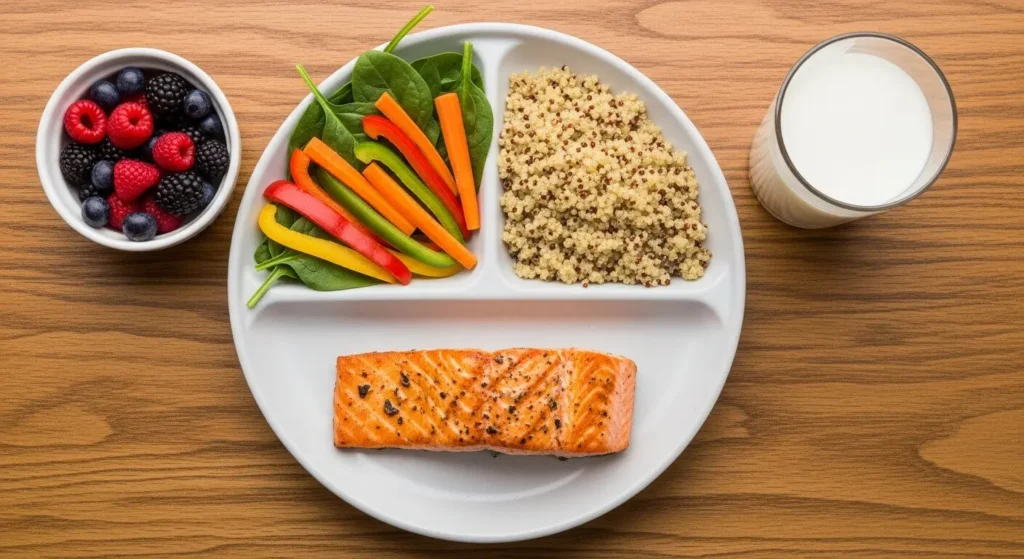
The DASH diet emphasizes:
- Fruits and Vegetables: Lots of them! They are packed with potassium, magnesium, and fiber, which help lower blood pressure.
- Whole Grains: Foods like brown rice, whole wheat bread, and oats provide fiber and nutrients.
- Lean Protein: Fish, poultry, beans, and nuts are good choices.
- Low-Fat Dairy: Milk, yogurt, and cheese that are low in fat.
- Healthy Fats: Small amounts of plant-based oils and nuts.
It limits foods high in:
- Sodium (Salt): A major culprit in high blood pressure.
- Saturated and Trans Fats: Found in fatty meats, full-fat dairy, and many processed foods.
- Sugary Drinks and Sweets: Contribute to weight gain and can affect blood pressure.
- Red Meat: Especially fatty cuts.
Why does DASH work? It's rich in minerals that naturally help lower blood pressure, like potassium, calcium, and magnesium. It's also low in sodium, which helps your body get rid of excess fluid, reducing the pressure on your arteries.
Foods to Embrace: Your Plate's Best Friends
Let's dive into the delicious foods you should be eating plenty of! These are the stars of healthy diets for high blood pressure.
1. Fruits and Vegetables
These are your powerhouses! They are naturally low in sodium and calories, and bursting with potassium, magnesium, and fiber. Aim for 8-10 servings a day. A serving is about 1 medium fruit, 1 cup of leafy greens, or 1/2 cup of chopped veggies.
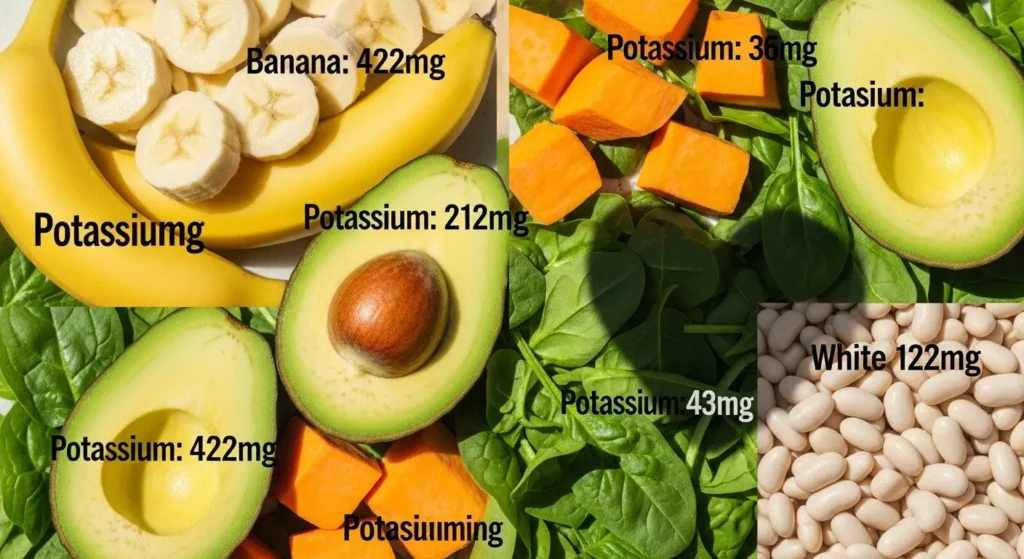
- Great choices:
- Fruits: Bananas, oranges, berries, apples, peaches, melons, avocados.
- Vegetables: Spinach, kale, broccoli, carrots, bell peppers, sweet potatoes, tomatoes.
- Tip: Keep frozen fruits and veggies on hand for quick additions to meals. They're just as nutritious as fresh!
2. Whole Grains
Unlike refined grains (like white bread), whole grains keep all parts of the grain, including the fiber-rich outer layer. Fiber is great for heart health and can help manage blood pressure. Aim for 6-8 servings a day. A serving is about 1 slice of whole-wheat bread or 1/2 cup cooked rice/pasta.
- Great choices:
- Whole-wheat bread, pasta, and crackers
- Brown rice
- Oatmeal (plain, not instant sugary kinds)
- Quinoa
- Barley
- Tip: Look for “100% whole grain” on food labels.
3. Lean Protein Sources
Protein is essential, but choosing lean options helps keep saturated fat low. Aim for 6 servings or less a day. A serving is about 1 ounce cooked meat, poultry, or fish, or 1 egg.
- Great choices:
- Skinless chicken and turkey breast
- Fish (especially fatty fish like salmon, mackerel, and tuna, which are rich in omega-3s)
- Beans, lentils, and peas (excellent plant-based protein and fiber!)
- Tofu and tempeh
- Egg whites
- Tip: Bake, grill, or broil your protein instead of frying.
4. Low-Fat or Fat-Free Dairy Products
Dairy products provide calcium, which is important for bone health and may play a role in blood pressure regulation. Aim for 2-3 servings a day. A serving is 1 cup milk or yogurt, or 1.5 ounces cheese.
- Great choices:
- Skim milk
- Low-fat yogurt (plain is best, add your own fruit!)
- Low-fat cottage cheese
- Part-skim mozzarella
- Tip: Be mindful of sodium in some cheeses.
5. Healthy Fats, Nuts, and Seeds
While you should limit total fat, healthy fats are important for your body and can help keep you full. Nuts and seeds also offer fiber, protein, and beneficial minerals. Aim for 2-3 servings a day. A serving is 1/3 cup nuts or 2 tablespoons seeds/nut butter.
- Great choices:
- Avocados
- Olive oil, canola oil
- Almonds, walnuts, pecans
- Flaxseeds, chia seeds
- Unsalted nuts and nut butters
- Tip: Nuts are calorie-dense, so watch your portion sizes! A small handful is usually enough.
6. Herbs and Spices
These are your secret weapons for flavor without added salt! Experiment with different combinations to make your meals exciting.
- Great choices: Garlic powder, onion powder, paprika, black pepper, turmeric, cumin, oregano, basil, rosemary, thyme, chili powder.
- Tip: Fresh herbs add a vibrant burst of flavor.
Foods to Limit or Avoid: What to Watch Out For
Just as important as knowing what to eat is knowing what to limit or avoid when following healthy diets for high blood pressure. These foods often contribute to higher sodium intake and unhealthy fats.
1. Sodium (Salt)
This is perhaps the biggest factor. Most of the sodium we eat doesn't come from the salt shaker, but from processed and restaurant foods. The American Heart Association recommends no more than 2,300 milligrams (mg) of sodium per day, ideally aiming for 1,500 mg for most adults, especially those with high blood pressure.
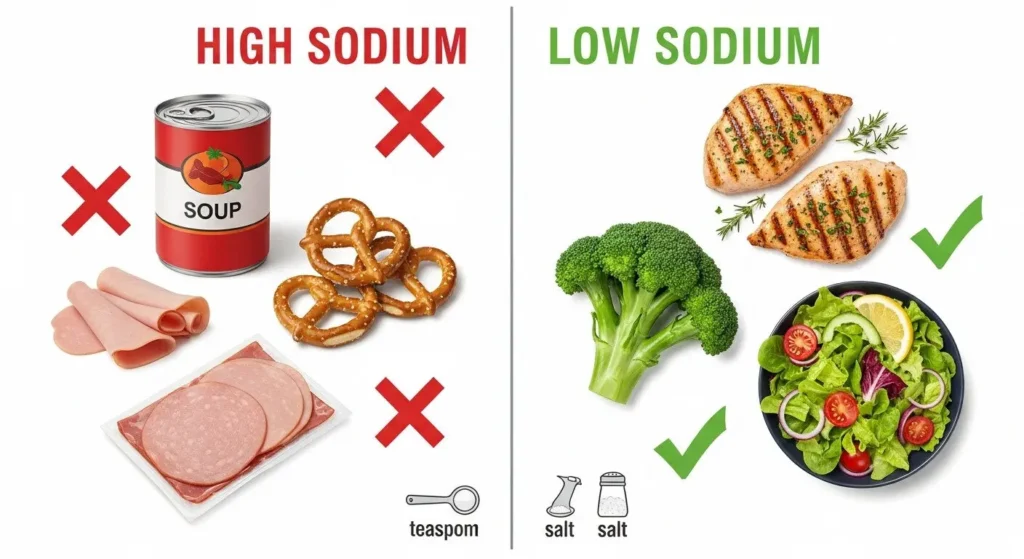
- High-sodium culprits:
- Processed foods: Canned soups, frozen dinners, cured meats (bacon, ham, deli meats), packaged snacks (chips, pretzels).
- Restaurant meals: Even “healthy” options can be loaded with sodium.
- Condiments: Ketchup, soy sauce, salad dressings, pickles.
- Baked goods: Some breads and pastries can contain a surprising amount of salt.
- Tip: Always read food labels! Look for “low sodium,” “reduced sodium,” or “no salt added” versions. The “Nutrition Facts” label will tell you the sodium content per serving.
2. Unhealthy Fats (Saturated and Trans Fats)
These fats can raise your “bad” cholesterol (LDL), which is also a risk factor for heart disease.
- Sources of saturated fat: Fatty cuts of red meat, poultry with skin, full-fat dairy, butter, coconut oil, palm oil.
- Sources of trans fat: Often found in fried foods, baked goods (doughnuts, pastries, cookies), and some packaged snacks. Look for “partially hydrogenated oil” in the ingredient list.
- Tip: Trim visible fat from meat, remove poultry skin, and choose lean cuts. Opt for plant-based oils like olive or canola.
3. Sugary Drinks and Sweets
These offer little nutritional value and can contribute to weight gain, which in turn can raise blood pressure.
- Culprits: Sodas, fruit juices with added sugar, sweet tea, energy drinks, candy, cakes, cookies, ice cream.
- Tip: Choose water, unsweetened tea, or sparkling water with a squeeze of lemon or lime. If you crave something sweet, opt for fresh fruit.
4. Excessive Alcohol
Drinking too much alcohol can raise blood pressure. If you drink, do so in moderation: up to one drink per day for women and up to two drinks per day for men.
Interactive Tool: Your Daily Sodium Estimator
Knowing how much sodium is in your food can be tricky. Use this simple calculator to estimate your daily sodium intake from some common food items. Remember, this is an estimate to help you become more aware!
🧂 Daily Sodium Estimator 🧂
Use this tool to get an idea of your daily sodium intake from some common food items. Select how many servings of each item you typically eat in a day. Remember, this is an estimate, and actual sodium content can vary.
Your estimated daily sodium intake from these items:
0 mg
Meal Planning Tips for Success
Making healthy diets for high blood pressure a regular part of your life is easier with a little planning.
- Plan Your Meals: Spend some time each week planning your meals and snacks. This helps you shop smarter and avoids last-minute unhealthy choices.
- Shop Smart:
- Make a list and stick to it.
- Focus on the perimeter of the grocery store (fresh produce, lean meats, dairy).
- Read food labels carefully, especially for sodium content. Look for options with 140 mg of sodium or less per serving.
- "No salt added" or "low sodium" canned goods (beans, vegetables, tomatoes).
- Cook at Home More Often: When you cook at home, you control the ingredients, especially the amount of salt.
- Use herbs and spices: Instead of salt, use garlic, onion powder, chili powder, paprika, or fresh herbs like parsley, cilantro, and basil.
- Citrus zest and juice: Lemon or lime juice can brighten flavors without salt.
- Vinegars: Balsamic or apple cider vinegar add tang.
- Make your own sauces and dressings: Store-bought versions are often loaded with sodium.
- Portion Control: Even healthy foods can contribute to weight gain if eaten in very large portions. Use smaller plates, measure out servings, and pay attention to your body's hunger cues.
- Smart Snacking: Instead of chips or cookies, reach for:
- A piece of fruit
- A handful of unsalted nuts
- Plain low-fat yogurt with berries
- Vegetable sticks with hummus
- Stay Hydrated: Drink plenty of water throughout the day. Sometimes thirst can be mistaken for hunger.
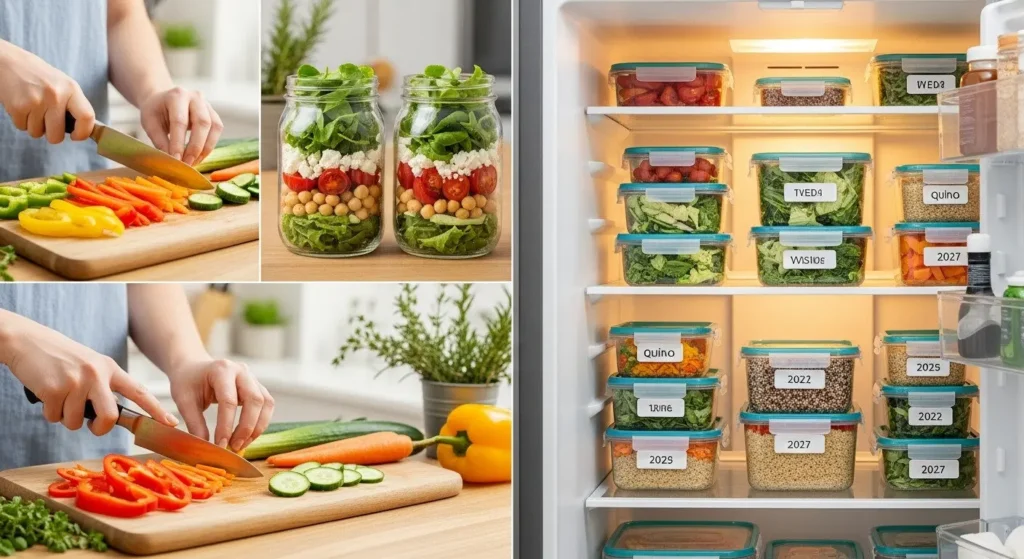
Beyond Diet: Other Important Lifestyle Habits
While healthy diets for high blood pressure are incredibly powerful, they're just one part of a bigger picture for managing this condition.
- Regular Physical Activity: Aim for at least 150 minutes of moderate-intensity exercise per week (about 30 minutes, 5 days a week). This could be brisk walking, swimming, cycling, or dancing.
- Maintain a Healthy Weight: Losing even a small amount of weight can significantly lower blood pressure.
- Manage Stress: Chronic stress can contribute to high blood pressure. Find healthy ways to cope, such as:
- Meditation or deep breathing exercises
- Yoga
- Spending time in nature
- Hobbies you enjoy
- Connecting with loved ones
- Get Enough Sleep: Aim for 7-9 hours of quality sleep per night. Poor sleep can negatively impact blood pressure.
- Limit Alcohol: As mentioned, moderation is key.
- Quit Smoking: Smoking severely damages blood vessels and raises blood pressure. If you smoke, quitting is one of the best things you can do for your heart.
Putting It All Together: Sample Meal Ideas
Here’s what a week of healthy diets for high blood pressure might look like at home:
| Meal Time | Monday | Tuesday | Wednesday | Thursday | Friday |
|---|---|---|---|---|---|
| Breakfast | Oatmeal with berries & unsalted nuts | Scrambled egg whites with spinach & whole-wheat toast | Low-fat yogurt with sliced banana & chia seeds | Whole-wheat English muffin with avocado & tomato | Smoothie (spinach, banana, low-fat milk) |
| Lunch | Large salad with grilled chicken, lots of veggies, olive oil & vinegar dressing | Leftover lentil soup with whole-wheat bread | Tuna (canned in water, drained) mixed with Greek yogurt & celery on whole-wheat crackers | Quinoa salad with black beans, corn, bell peppers, cilantro & lime | Turkey & veggie wrap (whole-wheat tortilla, lean turkey, lettuce, tomato, cucumber) |
| Dinner | Baked salmon with steamed broccoli & brown rice | Chicken stir-fry with mixed vegetables & light soy sauce (low sodium) | Lentil soup (homemade, low sodium) with a side salad | Whole-wheat pasta with homemade tomato sauce (no added salt) & lean ground turkey | Baked cod with roasted asparagus & quinoa |
| Snacks | Apple slices with 1 tbsp unsalted almond butter | Handful of unsalted almonds | Baby carrots & bell pepper strips | Orange | Plain low-fat Greek yogurt |
Pull Quote: "Healthy diets for high blood pressure aren't about deprivation; they're about discovering delicious, heart-healthy foods that make you feel great!"
Common Questions and Myths
- "Do I have to give up salt completely?" Not necessarily completely, but drastically reducing it is crucial. Focus on reducing processed foods, which are the main source of sodium. Using herbs and spices makes food flavorful without salt.
- "Is sea salt healthier than table salt?" Both sea salt and table salt contain about the same amount of sodium. Healthy diets for high blood pressure limit both, as they equally contribute to elevated blood pressure.
- "Can diet alone cure high blood pressure?" While diet can significantly lower and manage blood pressure, it's important to work with your doctor. For some, medication may still be necessary, but a healthy diet can often reduce the dose needed or even prevent the need for medication in mild cases.
- "What about coffee and caffeine?" Caffeine can cause a temporary spike in blood pressure. If you have high blood pressure, healthy diets for high blood pressure usually allow moderate amounts (1-2 cups per day), but monitor your own reaction and discuss it with your doctor.
- "I'm too busy to cook healthy meals." Batch cooking (making large portions to eat throughout the week), using slow cookers, and choosing simple recipes with minimal ingredients can make healthy eating at home much easier.
Conclusion: Your Path to a Healthier Heart Starts Today
Taking control of your diet is one of the most empowering steps you can take to manage high blood pressure. By following healthy diets for high blood pressure, focusing on whole, unprocessed foods, limiting sodium and unhealthy fats, and embracing the principles of the DASH diet, you're not just lowering your numbers – you're nourishing your body and building a foundation for long-term health.
Remember, every small, healthy choice adds up. Start today with one simple change, and watch how these healthy diets for high blood pressure transform your well-being. Your heart will thank you!


